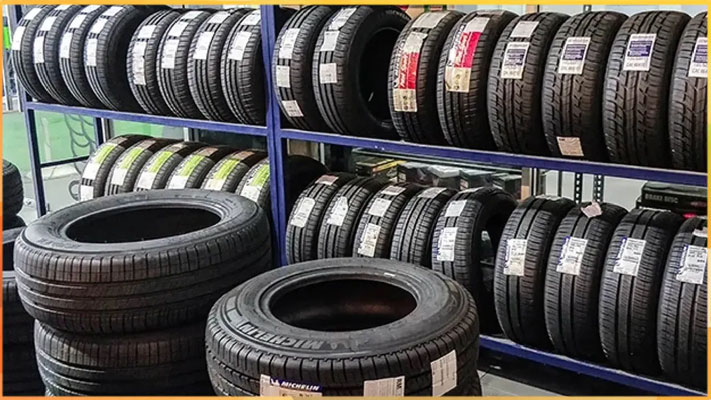Tires are the most important aspect of any vehicle for its safety and performance. The tread pattern is an essential part of tire design. Tread patterns affect traction, handling, and wear. By knowing these patterns, drivers can be more educated when picking tires to put on their cars.
Why Tread Patterns Matter
It’s not just about the looks with tread patterns. They govern the interaction between the tire and the road. Are Kelly tires good? Drivers often appreciate their performance and durability, as it plays an even bigger role in grip, particularly when the weather conditions change. Selecting the proper tread not only increases safety but also efficiency.
Types of Tread Patterns
Different types of tread patterns provide specific benefits. Knowing these will help you choose the right choice based on your usual driving requirements.
Symmetrical Tread Patterns
Tires with symmetrical tread types show a similar pattern all over the tire. They provide a comfortable ride and longevity as well. These tires are commonly used in standard automobiles. Because of their infrequency of irregular wear, they work well for day-to-day commutes.
Asymmetrical Tread Patterns
Asymmetrical patterns have pattern changes across the width of the tire. This is a design that serves a complementary role of wet and dry performance. The inner side allows for good water dispersion, while the outer side helps with cornering grip. This versatility makes them capable of driving in different types of situations.
Directional Tread Patterns
Directional treads are built to spin in one way. Another excellent feature of these patterns is their capability to channel the water, which helps reduce the risk of hydroplaning. They’re a perfect match for wet conditions and offer maneuverability.
Performance and Seasonal Considerations
Tread patterns also vary based on usage and seasonal requirements, which drivers must consider. Each design is appropriate for various means of traveling.
All-Season Tires
All-season tires provide balanced performance throughout the year. They combine wet and dry benefits. These are not climate monitors, but a good option for more temperate conditions.
Winter Tires
Winter tires have deeper grooves and more sipes, offering greater ice and snow traction. Thanks to a soft rubber compound that stays pliable, they excel in cold temperatures while also improving traction.
Summer Tires
Summer tires are designed for warmer weather. They have less grooved area, providing more road rubber. This design improves dry grip and dry handling.
Choosing the Right Tread Pattern
When it comes to picking the right tread pattern, there are several factors to consider. It all depends on a combination of factors, such as driving habits, weather, and type of vehicle.
Climate and Weather Conditions
Weather greatly influences tire performance. Directional or asymmetrical patterns may also be beneficial in rainier areas. Speaking of which, you need an aggressive-pattern winter tire in snowy places.
Driving Habits
Frequent highway drivers favor symmetrical patterns for their durability. Asymmetrical designs, for example, would be a boon to enthusiasts who enjoy spirited driving because they improve cornering.
Vehicle Type and Use
The type of vehicle also influences tread choice. SUVs need a stronger pattern for more stability, which is impossible in a smaller vehicle. Performance-inclined treads will be required for better handling on sports cars.
Maintaining Tire Performance
Maintenance helps in tire safety and longevity. Frequent inspections can avoid abnormal wear and make tires last longer.
Regular Rotation
Rotating tires at 5,000 to 8,000 miles creates more even tread wear. This allows for integrated handling while extending tire longevity.
Proper Inflation
Proper tire pressure is significant. Insufficient inflation leads to tire wear, while heightened inflation may limit grip. Regular checks ensure optimal performance.
Alignment and Balancing
Tires could wear unevenly if they aren’t balanced correctly or are misaligned. Your tires’ alignment must be checked regularly to ensure they wear evenly and extend their lifespan.
Final Thoughts
There is more to tires than tread patterns, and different patterns affect performance and safety. Knowing the various shapes and where we can use them helps the driver choose wisely. The best tread can be selected depending on climate, driving habits, and vehicle type. With proper maintenance, tires continue to meet expectations for safety and efficiency on the road.










